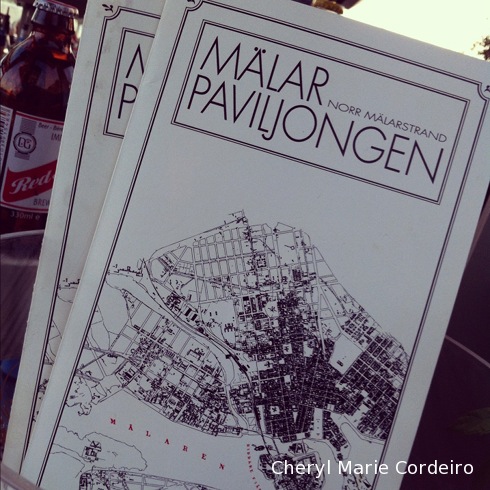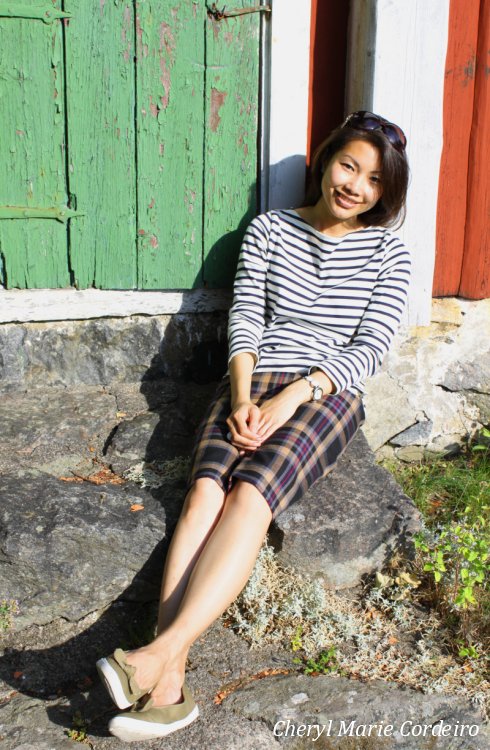Maria Six, France Fromage, Passion för Mat 2014
Text & Photo © JE Nilsson, CM Cordeiro 2014
Some things in life, are unexplainably uncanny. Like my first time landing at the airport in Shanghai. As I stepped into the arrival hall, I saw two formally dressed individuals, one of whom held a name card that read, “Cheryl CAMPBELL”. Without pause, I found myself walking right up to them:
“Are you looking for me?” I asked curiously, careful not to mention my last name.
“You from Gothenburg?”
“Yes, from Gothenburg.”
“You, Cheryl Campbell?”
I hesitated a heartbeat, then answered, “Yes, that’s me, Cheryl, from Gothenburg.”
“Ah! Cheryl CAMPBELL! It’s a pleasure meeting you!”
I smiled, returned the warm greeting and said very little thereafter.
Then there were my days in Barcelona in 2011, where depending on which route I took to the IESE Business School, I would find myself every morning, walking past two different monasteries, one was a Carmelite Order, an order devoted to silence, contemplation and reflection, and the other with a heritage in the Order of Saint Clare / the Second Order of St. Francis of Assisi.
At the most superficial of coincidences of my days in Barcelona, my parents had wanted me to become a nun of the Carmelite Order. I also grew up in a convent founded by a Minim Friar, St. Francis of Paola (1416-1507), named in honour after St. Francis of Assisi (1181-1226).
During these days, was that visit to Santa Maria de Montserrat, a Benedictine abbey located on the mountain of Montserrat, about forty-eight kilometres from Barcelona, where I found the most delightful of cheeses crafted by the monks themselves.
So I couldn’t help but muse when for several years in a row at Passion för Mat, whenever I meet with Jacques and Maria Six of France Fromage who specialise in fine cheeses, they seem to place in front of me, specific types of cheeses related to my life’s travels somehow. This year, when Jacques pulled us aside to relate the story of Reblochon, fromage de dévotion, I almost stared at him in disbelief.
Continue reading “Reblochon – fromage de dévotion! France Fromage, Passion för Mat 2014”
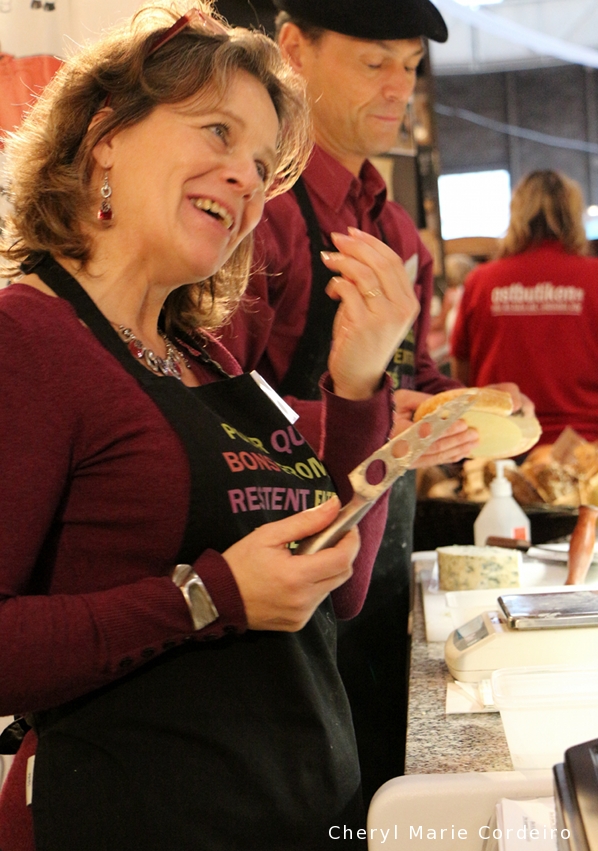

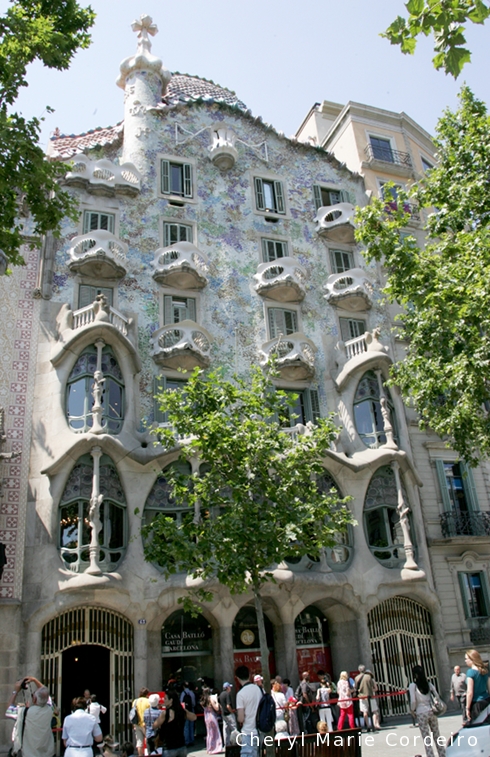
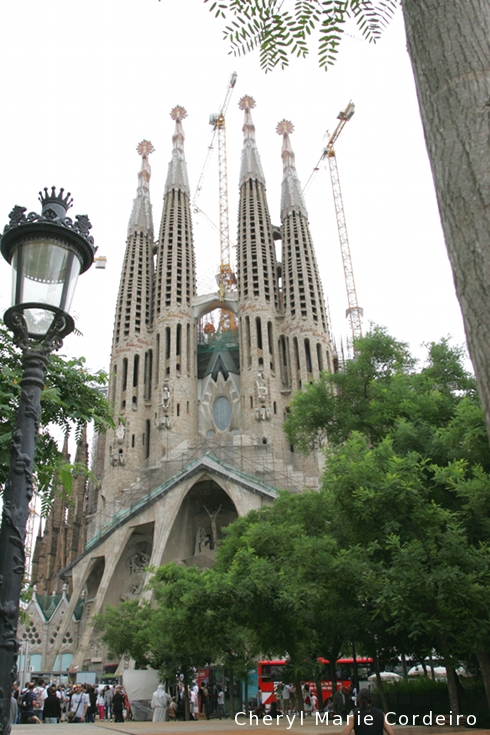
 It isn’t that my interest in the field of fashion has waned over the years since I began my blog in 2007 thereabouts, but rather, a percolation of ideas had resulted since then with regards to fashion.
It isn’t that my interest in the field of fashion has waned over the years since I began my blog in 2007 thereabouts, but rather, a percolation of ideas had resulted since then with regards to fashion. 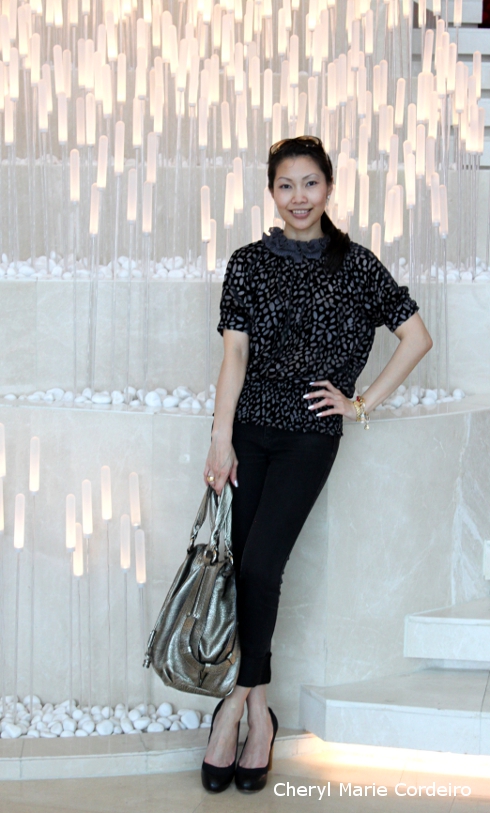

 It was also during this time that Geely acquired Volvo Cars from American Ford in 2010, landing China the single largest foreign acquisition, at the same time (
It was also during this time that Geely acquired Volvo Cars from American Ford in 2010, landing China the single largest foreign acquisition, at the same time (